How Security Guards Handle Suspicious Packages
Security guards serve as the first line of defense in a wide range of environments, from corporate buildings to public spaces like airports or shopping centers. One of the most critical responsibilities they face is identifying and responding to suspicious packages, which can pose serious threats, including explosives, hazardous materials, or harmful chemicals. The way security guards handle these packages is crucial to ensuring public safety while preventing unnecessary harm. This guide explores the expert-level steps security guards follow when managing such situations, offering insight into identification, response protocols, and coordination with emergency services.
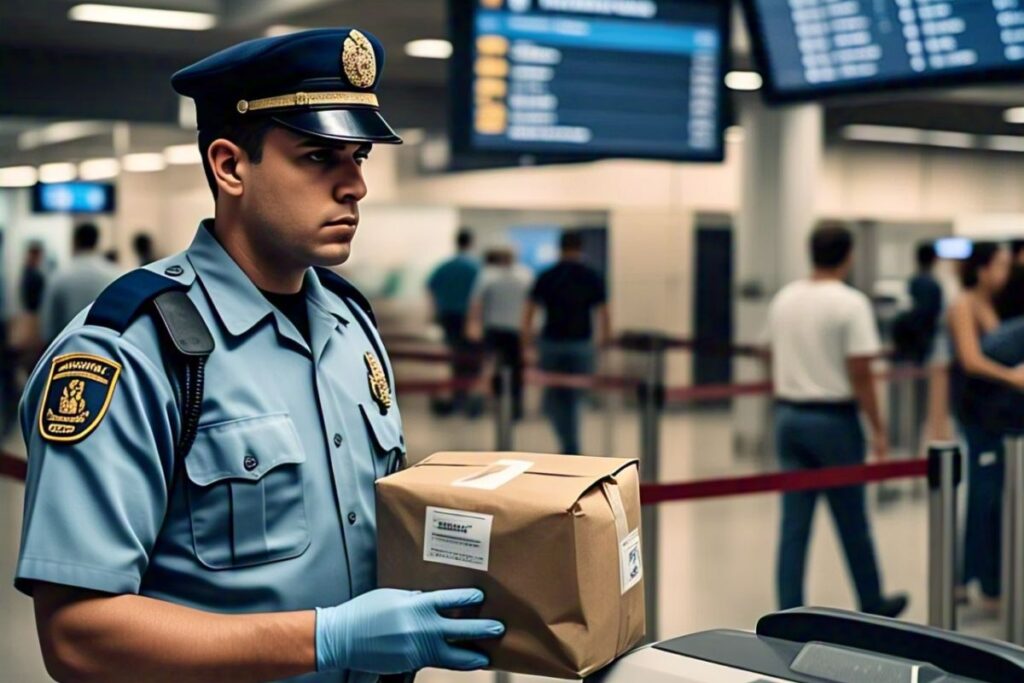
Recognizing Suspicious Packages
The ability to recognize a suspicious package is one of the foundational skills that every security guard must possess. Suspicious packages often display telltale signs that differentiate them from ordinary deliveries. These may include an unusual appearance, such as excessive tape, strange shapes, or an overly bulky structure. Other key indicators are poorly printed or handwritten labels, misspelled addresses, or packages missing return addresses. Additionally, packages that were not expected by anyone at the facility immediately raise suspicions. Security guards are also trained to notice sensory cues, such as strange odors or sounds like ticking, which could indicate the presence of explosives or hazardous materials. If a package is leaking liquids or powders or exhibits stains, this further heightens the risk. Recognizing these warning signs early is vital in initiating a proper response.
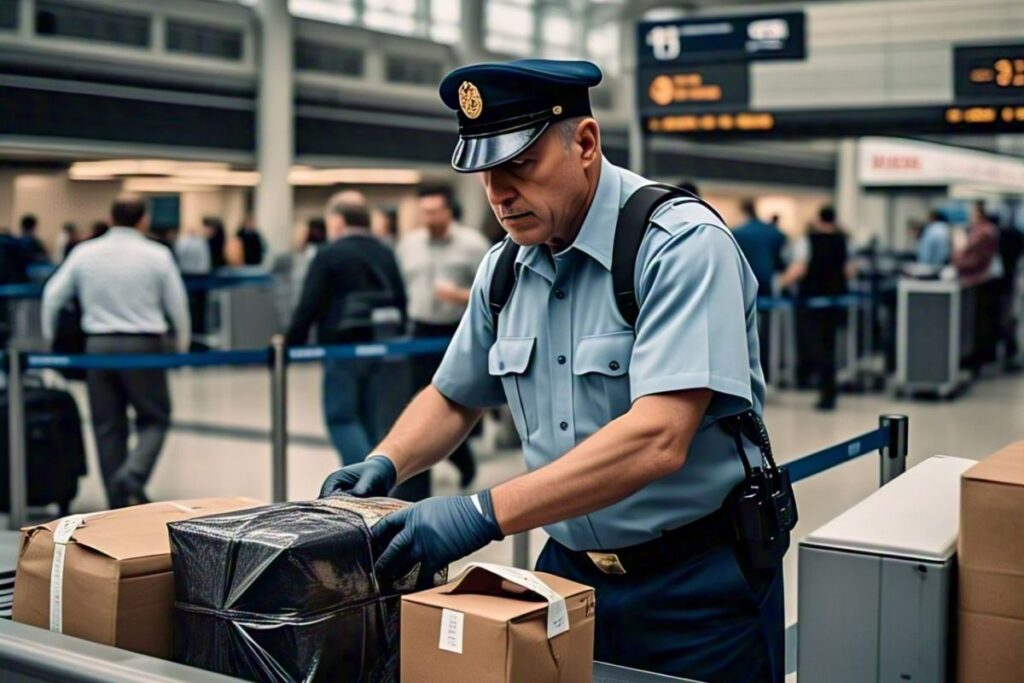
Initial Response: Securing the Area
Once a suspicious package is identified, the immediate priority is to ensure the safety of everyone in the vicinity. The first step is to secure the area by setting up a perimeter around the package. The size of this safety zone depends on the level of threat, but security personnel are trained to err on the side of caution, creating a large enough buffer to protect people from potential harm. Restricting access to the area is essential; unauthorized personnel should be kept out, and additional barriers may be deployed if needed. In situations where the threat is particularly serious, security guards must initiate an evacuation of nearby areas. This evacuation must be conducted calmly and in an organized manner to avoid panic. The goal during this phase is to limit exposure to the package and ensure that no one is placed at risk.
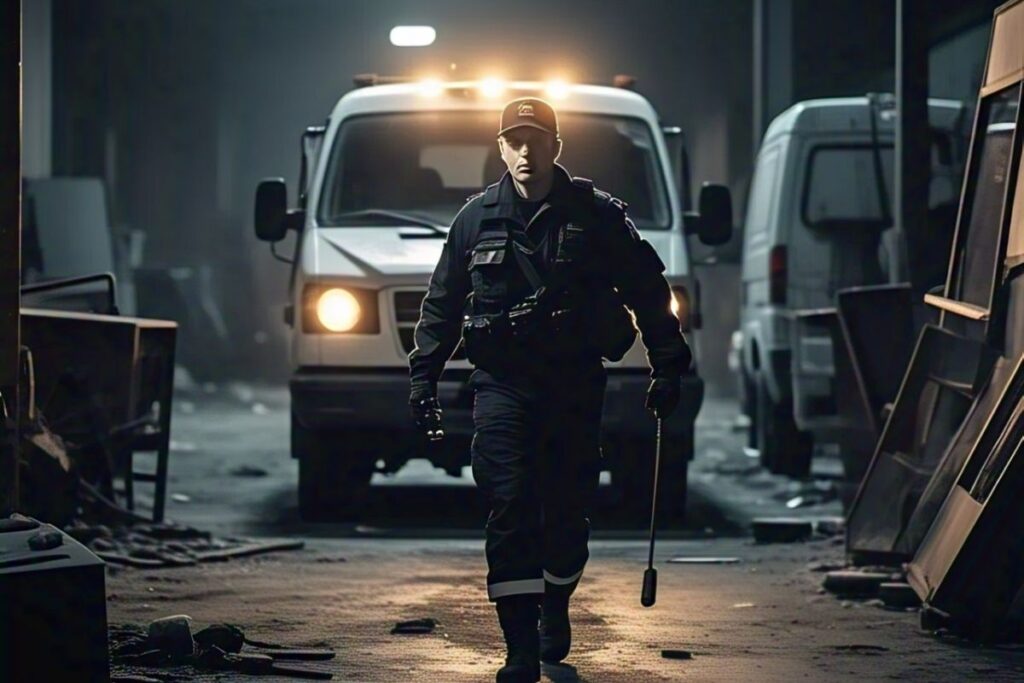
Avoiding Direct Contact with the Package
One of the most critical aspects of handling a suspicious package is that security guards are strictly trained not to touch or move it. The potential dangers of directly interacting with such a package—whether it’s an explosive device, a chemical threat, or a biological hazard—are too significant. Instead, guards are instructed to maintain a safe distance from the package and ensure that others do the same. Even law enforcement personnel will not approach the package without the proper tools and expertise. The role of the security guard is to keep the area secure and allow specialized teams, such as bomb disposal units or hazardous materials (HAZMAT) teams, to assess and handle the package. In this way, unnecessary risks are avoided, and the likelihood of triggering a dangerous situation is minimized.
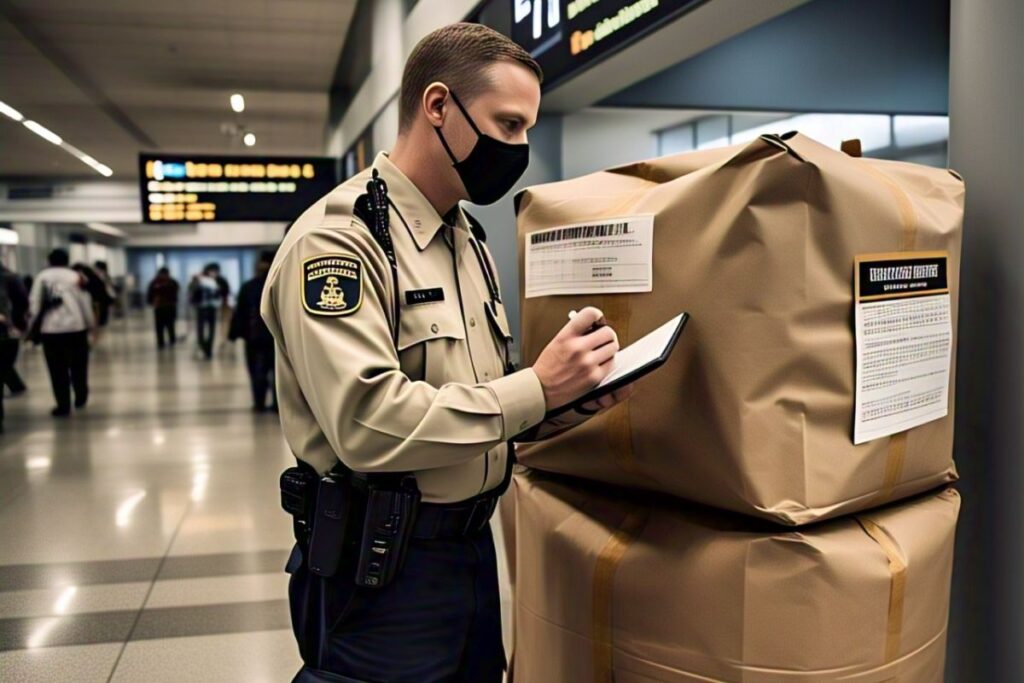
Communicating with Authorities and Supervisors
Effective communication is vital when handling suspicious packages. Once a potential threat is identified, security guards must immediately inform the relevant authorities. Depending on the nature of the package, this might involve contacting local law enforcement, bomb disposal experts, or hazardous materials teams. Security personnel must provide detailed information, including the exact location of the package, its appearance, and any unusual characteristics observed, such as sounds or odors. Additionally, guards should keep their supervisors informed, as internal coordination is often needed to manage evacuation plans or secure additional resources. Clear and precise communication ensures that the appropriate professionals are notified and can respond in a timely manner.
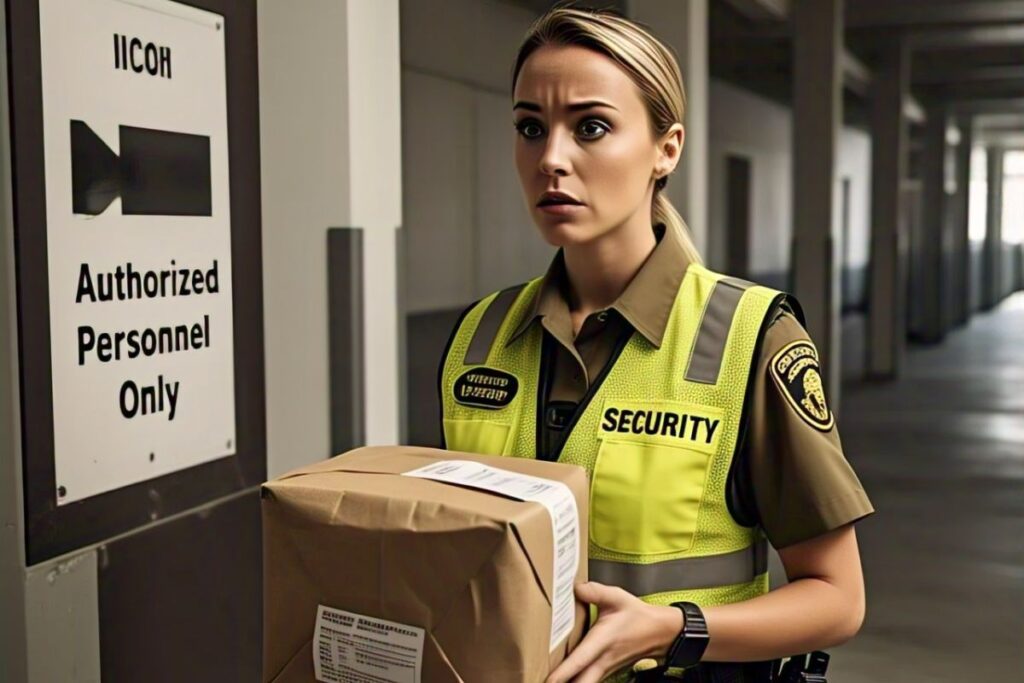
Utilizing Technology for Threat Assessment
In modern security operations, technology plays a key role in assessing suspicious packages without putting personnel at risk. Security guards often use surveillance cameras to monitor the area surrounding the package, allowing them to keep watch without physically being present. In high-risk locations such as airports, security may have access to X-ray machines, which can help determine the contents of a package without opening it. Robotic systems are also increasingly used in such situations; these machines can approach and analyze the package from a safe distance, providing crucial information that helps responders decide the best course of action. Utilizing this technology enhances security operations and allows guards to minimize their exposure to potential dangers.
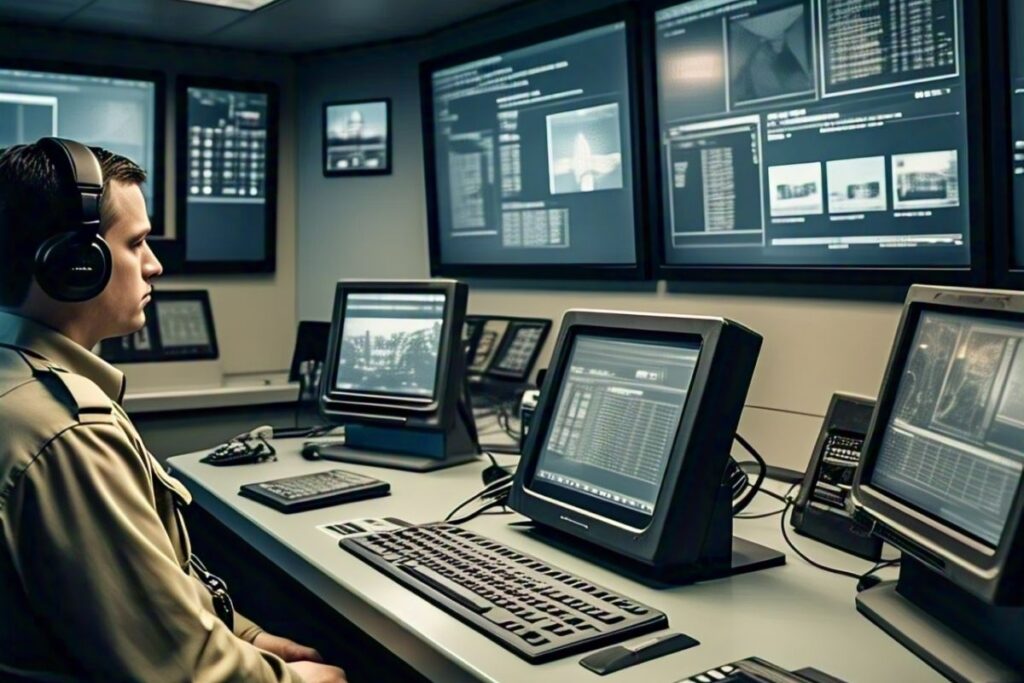
Coordinating with Emergency Services
Once local law enforcement or bomb squads arrive, the role of the security guard shifts to one of support and coordination. Guards must provide responders with accurate information about the package and its surroundings and ensure they have clear access to the site. While emergency personnel work to assess or neutralize the threat, security guards continue to play an important role by maintaining order in the area. They ensure that evacuation procedures are followed and that no unauthorized individuals enter the restricted zone. Guards may also assist with crowd control and help emergency services by providing access to video footage or other relevant information that could aid in the investigation.
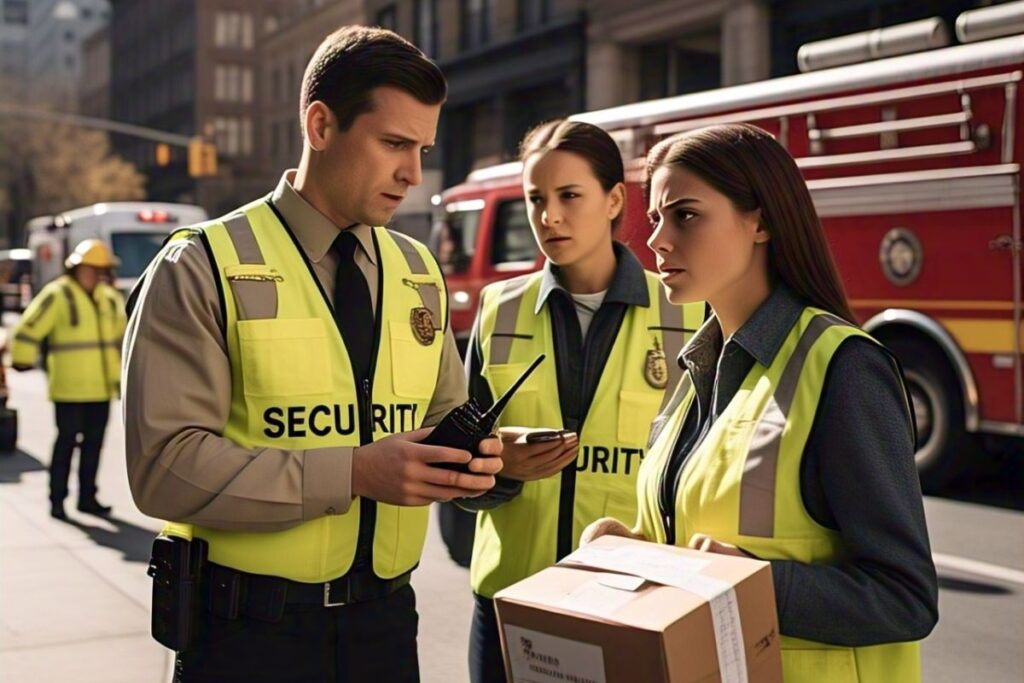
Continuous Training and Preparedness
The ability of security guards to handle suspicious packages effectively is built upon continuous training and preparedness. Guards regularly participate in mock drills and simulated emergency scenarios that help them practice their response to various threats. Staying informed about emerging risks, such as new technologies or evolving terrorist tactics, ensures that guards are always ready to respond to new kinds of threats. Additionally, security personnel are often trained in first aid and emergency medical response, equipping them with the skills needed to assist if a situation escalates before emergency responders can arrive. This ongoing training helps maintain a high level of readiness and ensures that security guards are capable of handling even the most complex situations.
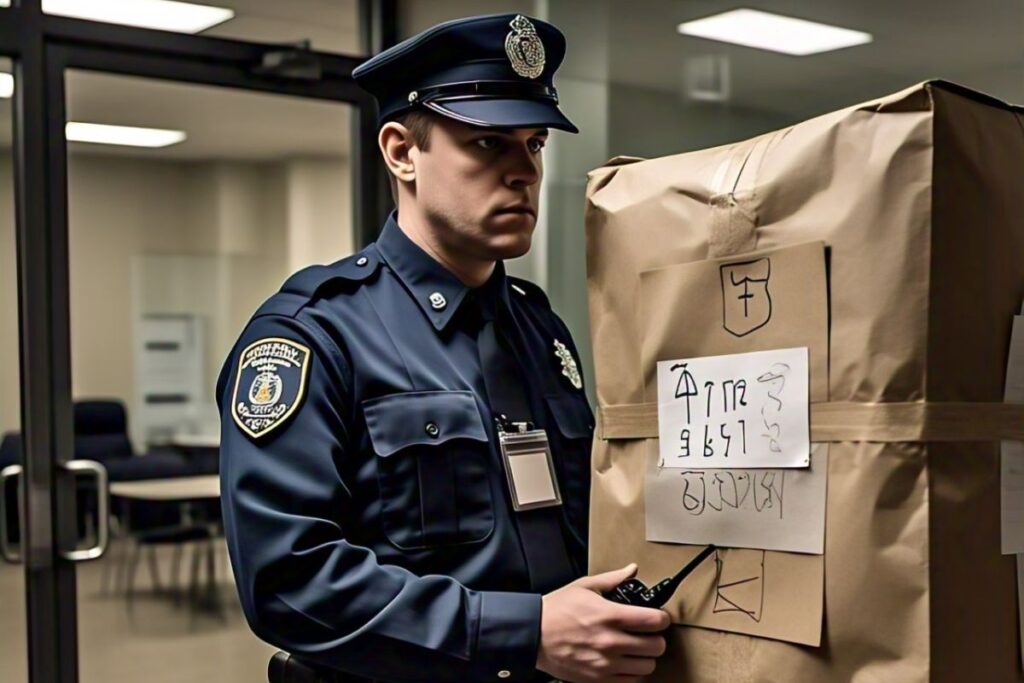
Following Legal and Safety Protocols
Adhering to legal and safety protocols is a crucial part of managing suspicious packages. Security guards must follow established procedures not only to ensure the safety of those around them but also to protect the facility from potential legal ramifications. Mishandling a suspicious package could lead to injury, property damage, or even lawsuits. Furthermore, how an organization responds to such threats can have a significant impact on its public image. Poorly managed incidents can lead to negative publicity, while a well-executed response can enhance a company’s reputation for safety and professionalism. By following strict protocols, security guards help mitigate these risks and ensure a positive outcome.
Conclusion
The role of security guards in handling suspicious packages is indispensable in maintaining public safety and protecting property. Through careful observation, adherence to established protocols, and the use of advanced technology, security personnel can effectively mitigate the risks posed by potential threats. Their ability to identify hazards, secure areas, communicate with authorities, and support emergency services ensures that suspicious packages are handled with the highest level of professionalism. Continuous training and adherence to legal frameworks further enhance their capabilities, making security guards an essential part of any comprehensive security strategy.

